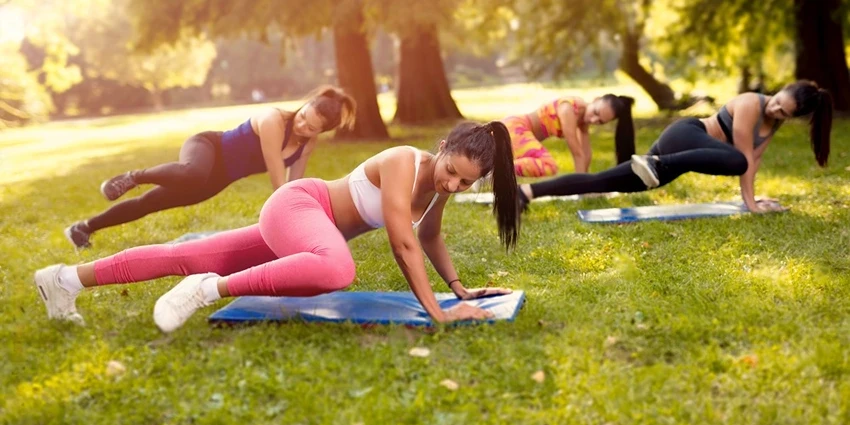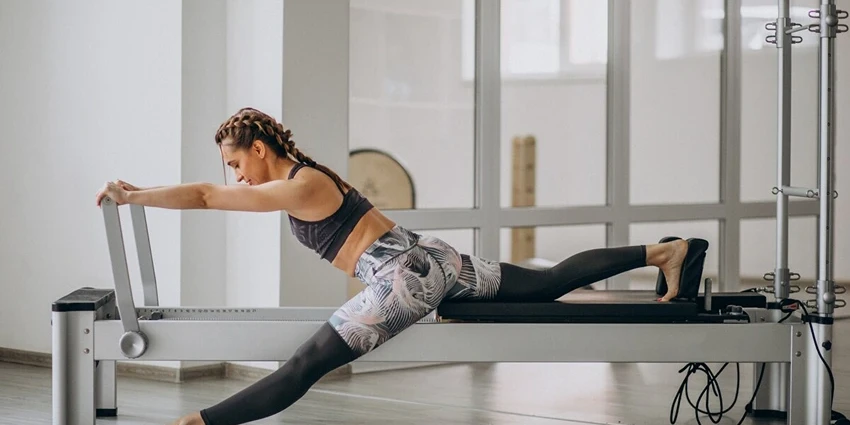In the realm of yoga and meditation, understanding the techniques is pivotal for a transformative experience. At Rac Women, we pride ourselves on being experts in this domain, and we’re here to share our insights on yoga meditation techniques that can elevate your practice.
In This Article
The Symbiotic Relationship Between Yoga and Meditation
Yoga and meditation are like two sides of the same coin. Hatha yoga, as practiced in the classical yoga tradition, prepares the body for seated meditation. Over time, as you delve deeper into yoga, you might find yourself naturally drawn towards more contemplative practices. Yoga Journal offers a profound insight into this relationship.

Techniques to Enhance Your Meditation Practice
Just Sit and Observe
- Duration: 10 minutes
- Technique: Sit comfortably and observe the thoughts that arise and pass through your mind. This practice highlights the restless nature of the mind and the transient nature of life.
Tune into the Sounds of Life
- Duration: 10 minutes
- Technique: Close your eyes and listen to the sounds around you. Over time, you’ll discover layers of sounds previously unnoticed. This practice deepens your awareness of the present.
Practice Bare Attention
- Duration: 10 minutes
- Technique: Notice the raw sensations of the present moment. Feel the warmth, coolness, and the shape of your body as it shifts with each breath. This cultivates an attentive mind anchored in the now.
Follow the Breath
- Duration: 10 minutes
- Technique: Attach your mind to the breath. Observe the inhalation and exhalation without manipulating it. This practice enhances focus and brings you back to the present.
Use a Mantra
- Duration: 10 minutes
- Technique: Choose a word or phrase and repeat it slowly. Let its rhythm and meaning guide you into a contemplative state. When distracted, gently return to your chosen mantra.
Practice Kindness
- Duration: 10 minutes
- Technique: Focus on someone you know and send them love, happiness, and well-being. This practice opens the heart and cultivates compassion.
Tables Packed with Value
| Technique | Duration | Focus Area |
|---|---|---|
| Just Sit and Observe | 10 mins | Mind Awareness |
| Sounds of Life | 10 mins | Auditory Awareness |
| Bare Attention | 10 mins | Sensory Awareness |
| Follow the Breath | 10 mins | Breath Awareness |
| Use a Mantra | 10 mins | Concentration & Contemplation |
| Practice Kindness | 10 mins | Heart & Compassion |
Incorporating Yoga Poses for Meditation
Yoga poses, especially seated ones, play a pivotal role in enhancing meditation. Poses like Vajrasana provide a stable base for extended meditation sessions. Additionally, Ujjayi breathing, a yogic breathing technique, can be integrated to deepen the meditation experience. This breath work not only calms the mind but also anchors you in the present moment.

Meditation Techniques: An Overview
Meditation techniques are designed to give your mind a focal point. Whether it’s an image, the breath, or a sacred sound, the right technique can slow down the mind’s movements and induce a state of calm. As Jim Bennitt, a renowned ParaYoga teacher, explains, the mind’s nature is to move. By giving it a repetitive task, we can guide it towards tranquility.
4 Must-Know Meditation Techniques
Meditation Technique #1: Sitting Meditation
Sitting meditation doesn’t necessarily mean twisting into complex poses. The key is to find a comfortable position where your hips are higher than your knees, ensuring a long spine and relaxed body. Here are some positions to consider:
- Cross-Legged: Opt for Sukhasana (Easy Pose) or Ardha Padmasana (Half Lotus Pose) for stability.
- Legs Out in Front: Ideal for those with knee or hip pain. Ensure proper alignment and support.
- In a Chair: A valid meditation position. Ensure feet are planted and spine is straight.
Meditation Technique #2: Visualization
Visualization meditations harness the power of the mind’s eye. Nikki Costello, a meditation expert, suggests using nature-based images like light, water, or mountains. These images not only soothe the senses but can also invoke their qualities within you.
Practice Meditation: Visualize your spine filled with light, allowing every cell to radiate brightness.
Meditation Technique #3: Mantra Meditation
Mantras are sounds or phrases repeated to aid concentration. They can range from a single letter to full sentences. The most renowned mantra in yoga is Om, believed to be the root from which all other mantras emerge. Mantras can guide you back to the universal consciousness within.
Practice Meditation: Use the Ajapa mantra, focusing on the sound of your breath, merging the inhalation and exhalation into the mantra Soham.
Meditation Technique #4: Walking Meditation
Walking meditation is mindfulness in motion. By focusing on the sensation of your feet touching the ground, you can cultivate present-moment awareness. It’s an excellent alternative for those who find seated meditation challenging.
Practice Meditation: Walk mindfully, noting the sensation of each step, from lifting the foot to placing it down.
Tables Packed with Value
| Technique | Focus Area | Benefits |
|---|---|---|
| Sitting Meditation | Body Awareness | Enhances posture and spinal health |
| Visualization | Mind’s Eye | Cultivates imagination and creativity |
| Mantra Meditation | Sound and Vibration | Improves concentration and focus |
| Walking Meditation | Body Movement | Increases mindfulness and coordination |

Frequently Asked Questions (FAQs)
While meditation can be practiced at any time, early morning or just before bed are often recommended for a calm environment.
Beginners can start with 5-10 minutes and gradually increase the duration as they become more comfortable.
Yes, lying down is acceptable, especially for relaxation meditations. However, ensure you remain awake and alert.
Absolutely. The goal isn’t to eliminate thoughts but to observe them without judgment and return to your focal point.
Daily practice is ideal, but the key is consistency. Even a few minutes every day can make a significant difference.
Ellen Crandall
Meet Ellen, your fitness compass in the world of athletics, training, and gym culture. With a commitment to well-being and a penchant for all things workout-related, Ellen is here to guide you on your journey to a healthier, fitter you. Join the fitness revolution, led by Ellen, and embrace the power of an active lifestyle.




